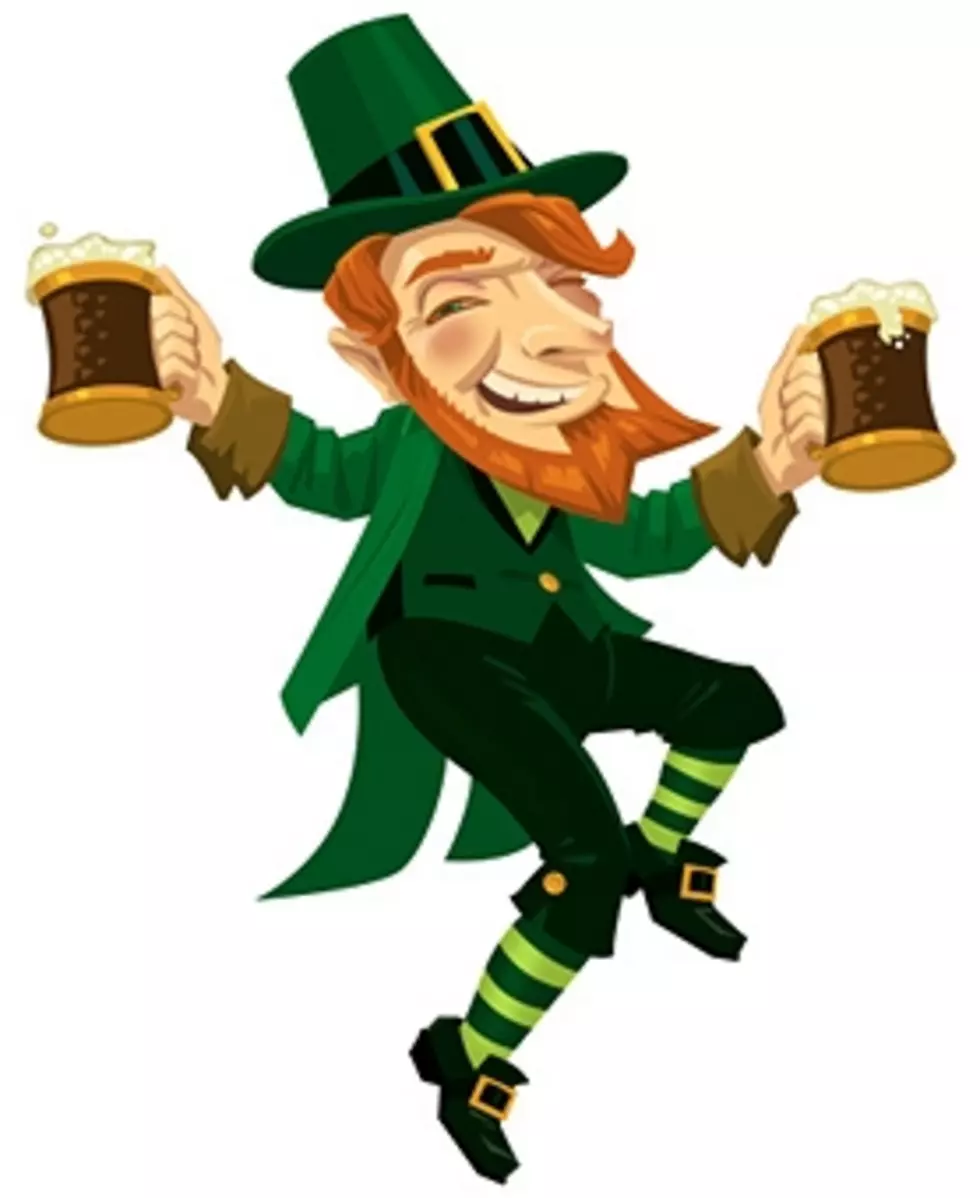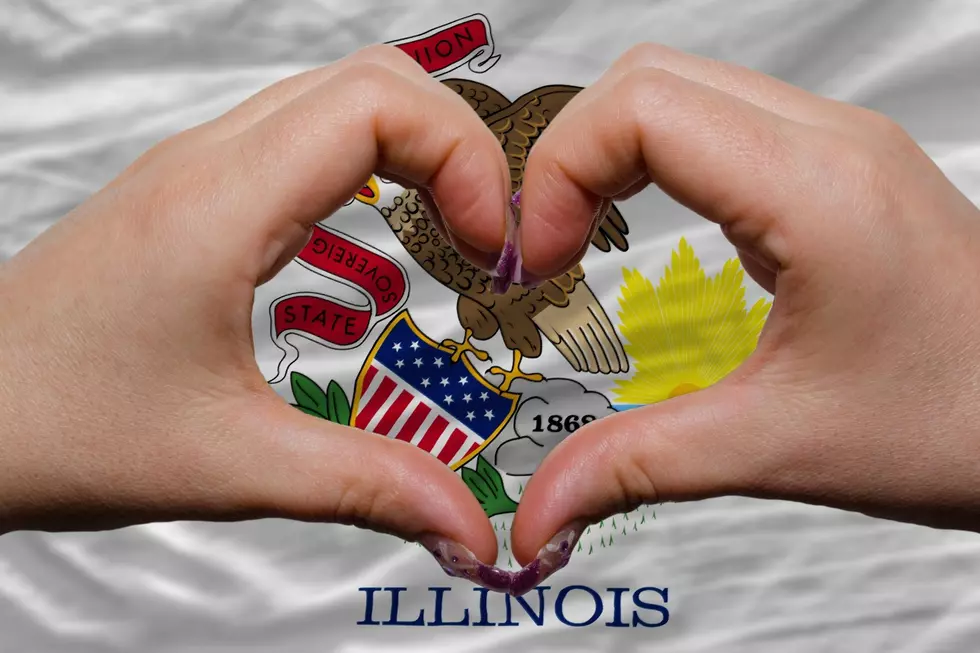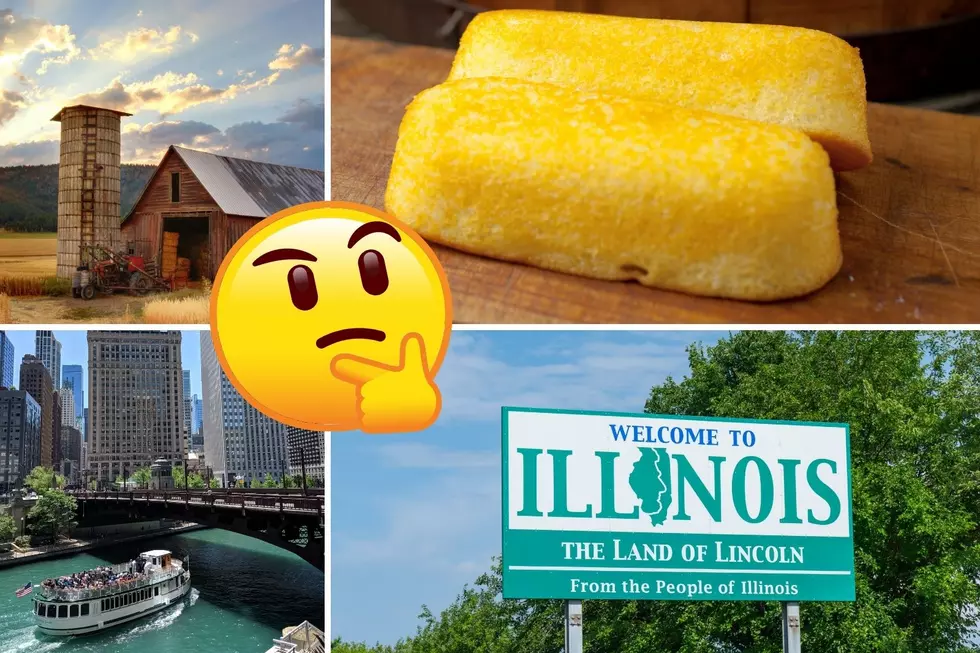
Happy St. Patrick’s Day! (Let’s Learn Something)
As I've pointed out in this space before, my kids learned a long while back that I've always thought kids should be in school learning about the famous people who've earned themselves a holiday, instead of taking a day off from school to do nothing of the sort. Sleeping late, playing video games, watching TV, etc, doesn't really honor people like Dr. King, Presidents Washington and/or Lincoln, or, here in Illinois, Casimir Pulaski.
We adults are sometimes no better. What do you know about St. Patrick's Day besides the usual "Patron Saint of Ireland," or "drove the snakes from Ireland" stuff?
You can thank your lucky stars Phillip Ross, writing for International Business Times, feels the same as I do, and has presented some St. Patrick's Day facts that you may not have known. Things like:
Contrary to everything your intuition has taught you, St. Patrick was actually English. He was born in Britain around 350 A.D. and probably lived in Wales.
According to Brad Hawkins, a professor of religious studies who spoke with the Daily Forty-Niner, St. Patrick was kidnapped around the age of 16 and brought to Ireland where he was sold into slavery. He tended sheep for about 10 years before he escaped to England. There he took refuge in a monastery in Gaul for 12 years. That’s where he became a priest, and later took his teachings back to Ireland.
Wow. Okay, myth number one dispelled. What about the snake thing?
Legend has it that St. Patrick sent the serpents into the sea, but snakes are not actually found in post-glacial Ireland because of the country’s geographical position.
“It's admittedly an unlikely tale,” National Geographic writer James Owen notes. “Ireland is one of only a handful of places worldwide—including New Zealand, Iceland, Greenland, and Antarctica—that Indiana Jones and other snake-averse humans can visit without fear.”
Really? I suppose Lucky, the Lucky Charms Leprechaun ("They're magically delicious!") doesn't have an authentic Irish accent, either. A discussion for another day. But, speaking of Lucky and his ilk:
Belief in leprechauns, a term that comes from the Irish word meaning “small-bodied fellow,” probably originated in the Celtic belief in fairies. According to History, Celtic folktales told stories of tiny men and women with magical powers who were known for their trickery.
Leprechauns were said to have spent most of their time making shoes and stored their coins in a hidden pot of gold. They probably looked nothing like the boozy, round men in green attire we know today.
Sigh. At least the green part of the day is correct, no?
Several artworks of St. Patrick show him wearing blue vestments. Blue was also commonly used on flags and coats-of-arms to represent Ireland.
Green came into the picture much later, probably as a symbol of the greenness of the “Emerald Isle.”
"A round of blue beers, bartender!" Nah. Doesn't have the right ring to it. And speaking of beers...
St. Patrick's Day was a dry holiday in Ireland until about 40 years ago! That’s right: the Irish holiday typically associated with copious booze was traditionally a dry celebration. In fact, Irish law between 1903 and 1970 made St. Patrick’s Day a religious holiday for the whole country. All pubs were shut down for the day. That law was overturned in 1970.
In fact, the madness of St. Patrick’s Day only made it to Ireland after the country realized they could boost springtime tourism.
Okay, Okay. Enough with the facts already. Let's dance!
Happy St. Patty's Day to one and all.
More From WROK 1440 AM / 96.1 FM









